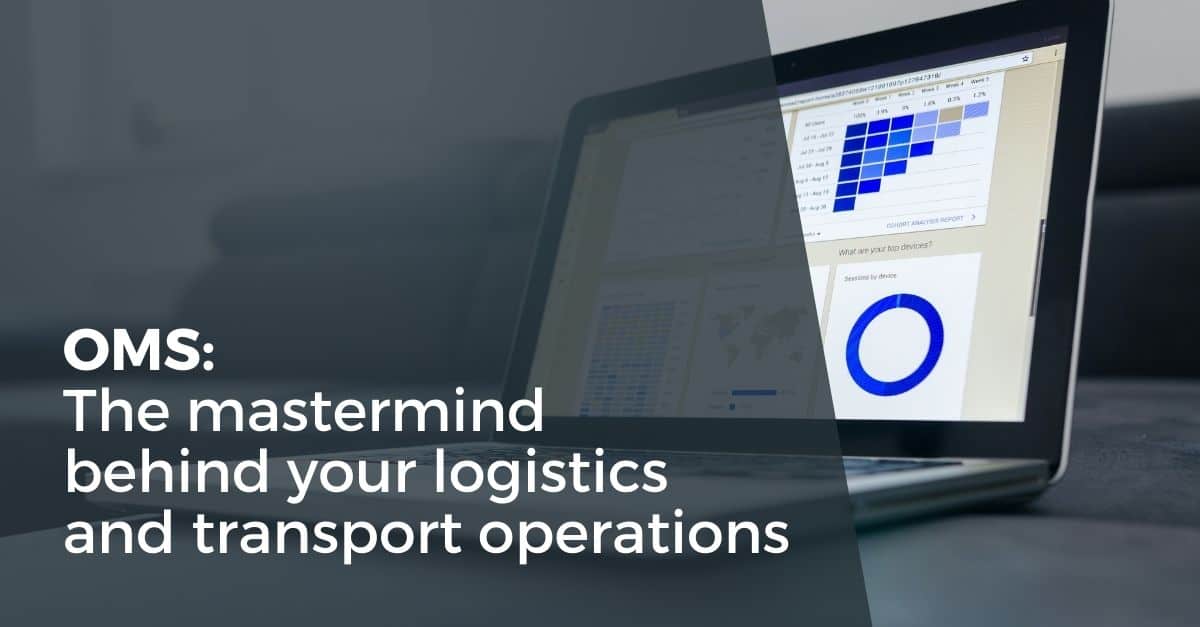
OMS: The mastermind behind your logistics and transport operations
Whether your business is B2B or B2C, you know that production – which is increasingly globalised – and commerce – which is increasingly multi-channel – have drastically evolved in recent years This has resulted in a need for major transformations and digitalisation in the supply chain.
Whether you have one or more warehouses or produce or buy your products all over the world, you probably manage national, last mile and international transport. You likely have multiple products, perhaps of very different sizes and weights, perhaps even with cold chains to manage. Despite the supply chain’s importance, you are probably working with limited resources and are expected to manage everything masterfully, lowering costs and improving team performance, regardless of the context: wars, viruses, rising fuel and transport costs, raw material shortages, etc.
Mission impossible? On paper certainly, but in reality, your company’s Information System must evolve to help you support this new strategic framework.
You may already have a warehouse management system (WMS) and/or a carrier management system (TMS). However, are you sure you are making the right choices in terms of organisation, carriers and warehouses when it comes to serving customer orders where all the items are not available in the same stock point?
With an OMS optimise your customer order operational processes
An Order Management System (OMS) is a SaaS solution for multi-site and/or multi-channel companies that optimises customer order management throughout the entire logistics network.
The OMS is the mastermind behind the execution of logistics and transport operations. It is placed squarely between:
- Your clients: In stores, on your e-commerce site, on marketplaces, over the phone, chatting with your customer service department… when they wish to buy or know the availability of a product and the associated delivery times, or, in the case of retail, when returning an item
- Your logistics organisation in the broadest sense, right down to the suppliers, by connecting to all your existing logistics tools: ERP, WMS, TMS…
The purpose of an Order Management System is to guarantee control of the customer order management process within multi-site, multi-storage points and multi-channel organisations. It is a strategic tool that optimises your back-office operations.
The OMS has a complete and real-time view of your logistics operations: your stock levels, reference by reference, by stock point, your contractual relations and your carriers’ SLAs.
The tool also provides a complete view of incoming orders.
The role of the OMS is to optimise each customer order in relation to the possibilities or internal constraints of your logistics network and to orchestrate it in order to optimise your operations.
For example, the OMS may split customer orders between your different warehouses to optimise preparation time, request delivery of certain products from the supplier warehouse directly to your customers, consider it more cost-effective to use a store within 2km of a customer to prepare and send the order, etc.
The OMS’s role is also to manage the company’s communication with the customer. Better communication, at the time of purchase or when the customer has a question about the location of their order, will, in the long term, increase customer loyalty.
For instance, the OMS can show your web customers all available delivery methods, costs, delivery times and the carbon footprint of each option when they create their shopping cart. The more complex your logistics (geographical territory of your operations, different sizes and weights of products sold, potential shortage of stock), the more important it is to give clear indications to your customers.
The OMS allows you to reduce your buffer stock
The icing on the cake is that an OMS also allows you to reduce your buffer stock and even to sell products that you don’t have in stock yet. You heard that right, one of the primary features of the OMS is shortage management. It becomes possible to sell products that are unavailable in the warehouse but available in the stores or in the process of being replenished thanks to Ship from Store, Order in Store or Future Stocks.


